The Tokyo Hotel Where Culture Never Slept
At Hotel Claska in Tokyo, art and Japanese culture are omnipresent on every floor, with an art gallery and a photo studio.
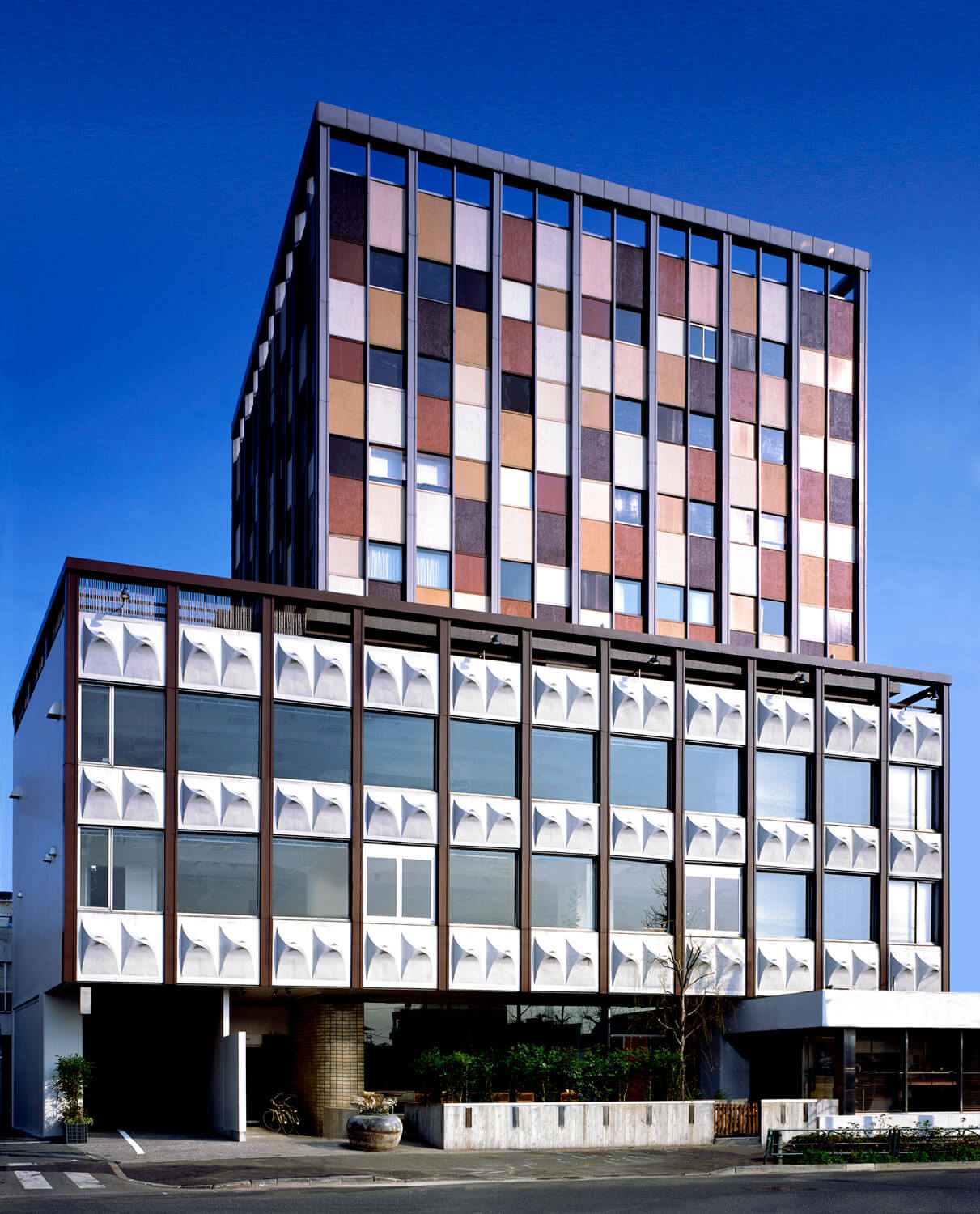
As well as a restaurant with French influences, Hotel Claska has a little boutique selling everyday objects made by artisans, showcasing the delicacy of Japanese crafts. The establishment also houses an art gallery, a photo studio… and a dog grooming parlour. Like Hotel Koé, Claska is much more than somewhere to dump your suitcase and stay for the night.
For its reopening, the architects decided to reinterpret the spirit of the hotel, originally built in 1969. Its 20 rooms were redesigned in different but complementary styles, transitioning smoothly from a room with tatami beds to more contemporary, classic décor. But the highlight at Claska is the rooftop, which offers a stunning view over Tokyo. Open-air cinema events are held there in the summer.
Claska, 1-3-18 Chuo-cho Meguro-ku Tokyo, 152-0001. @claska_tokyo
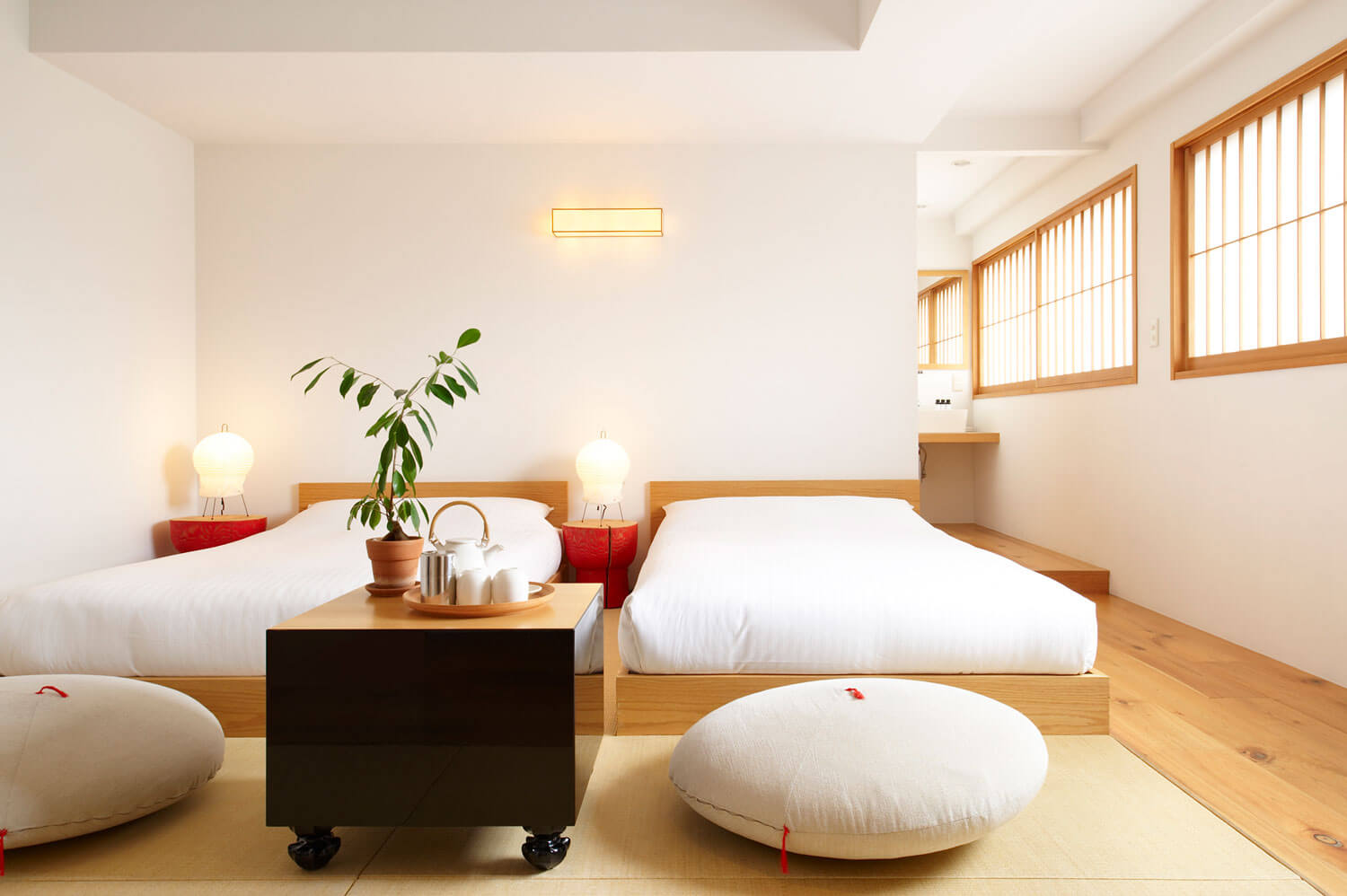
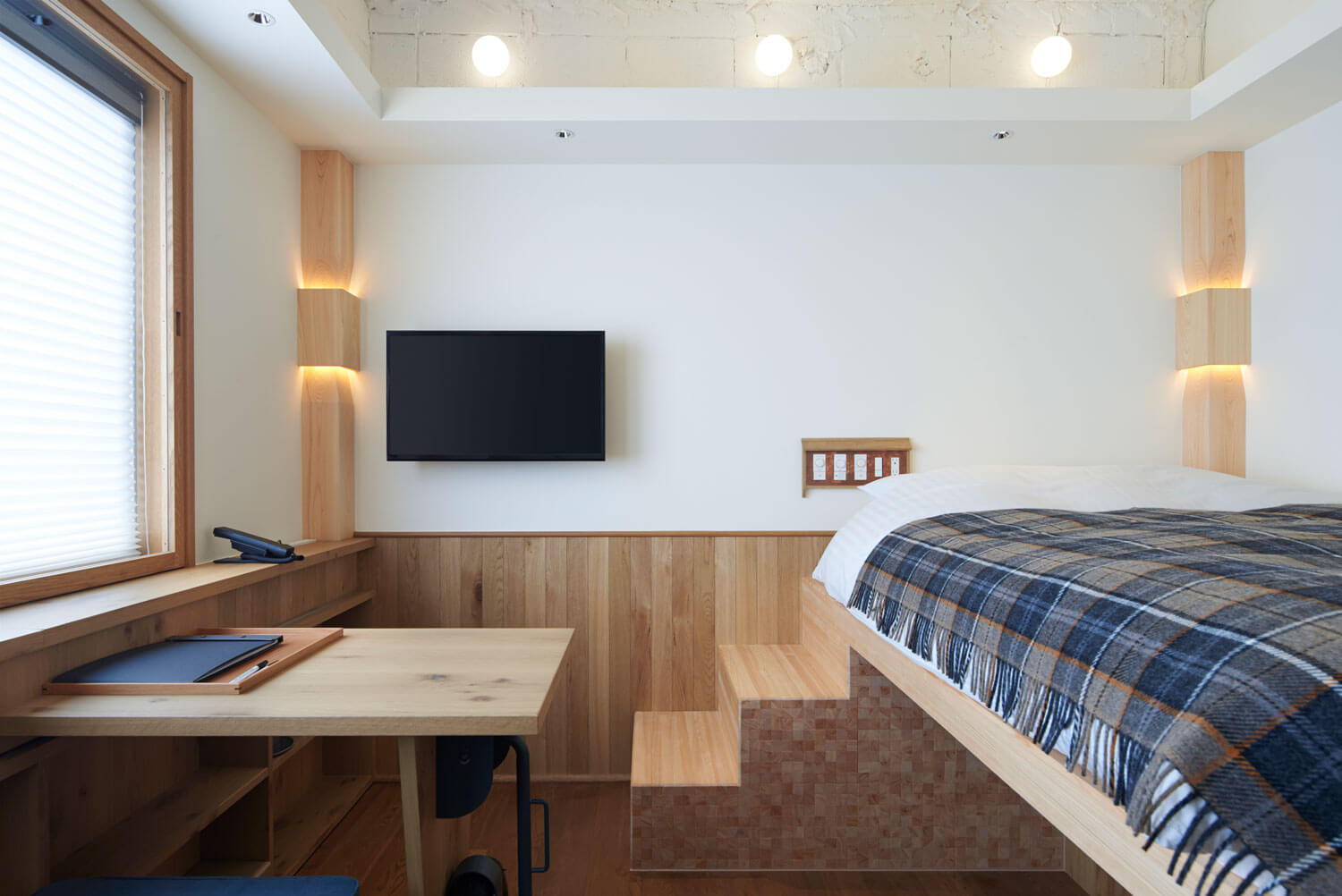
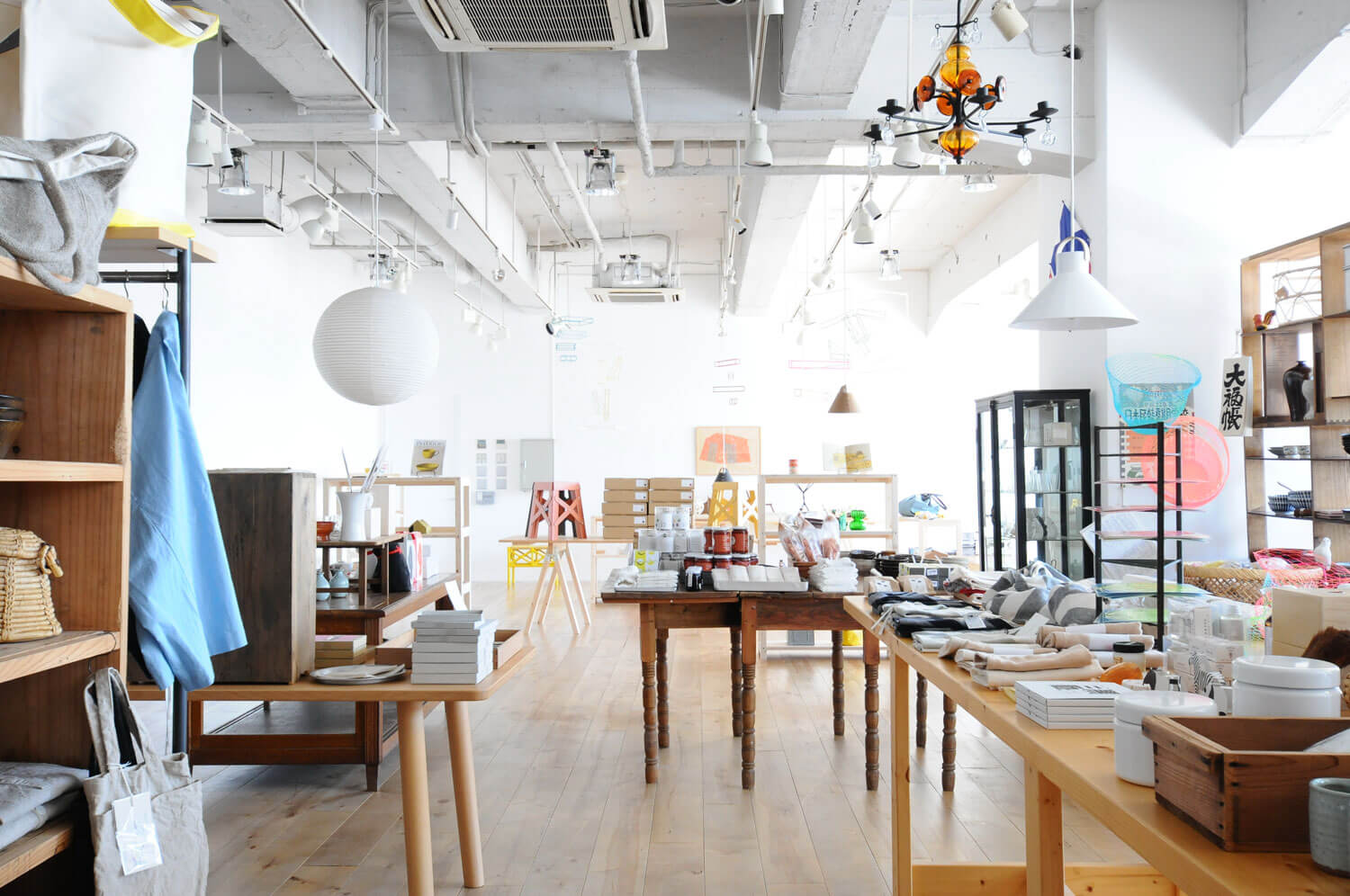
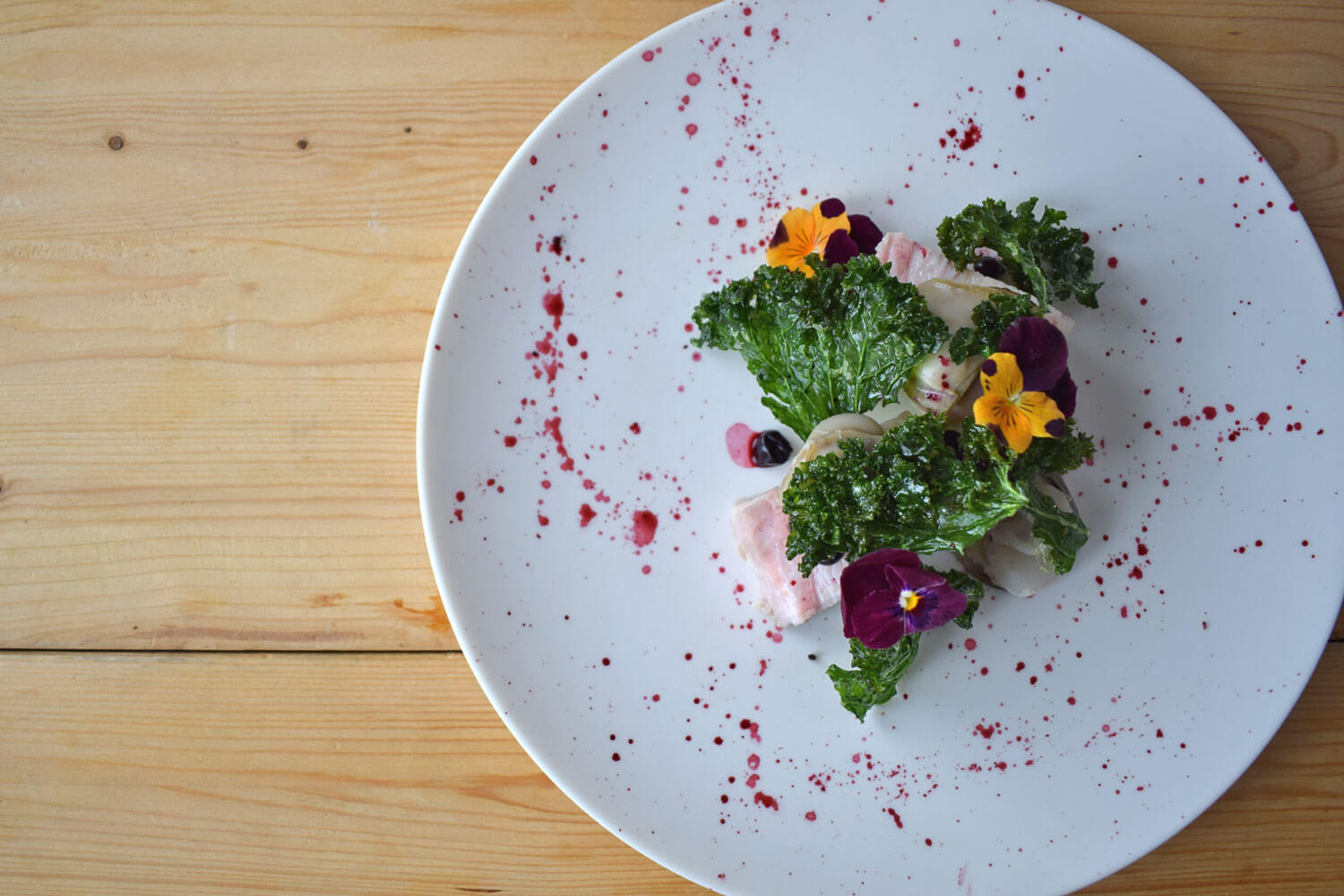
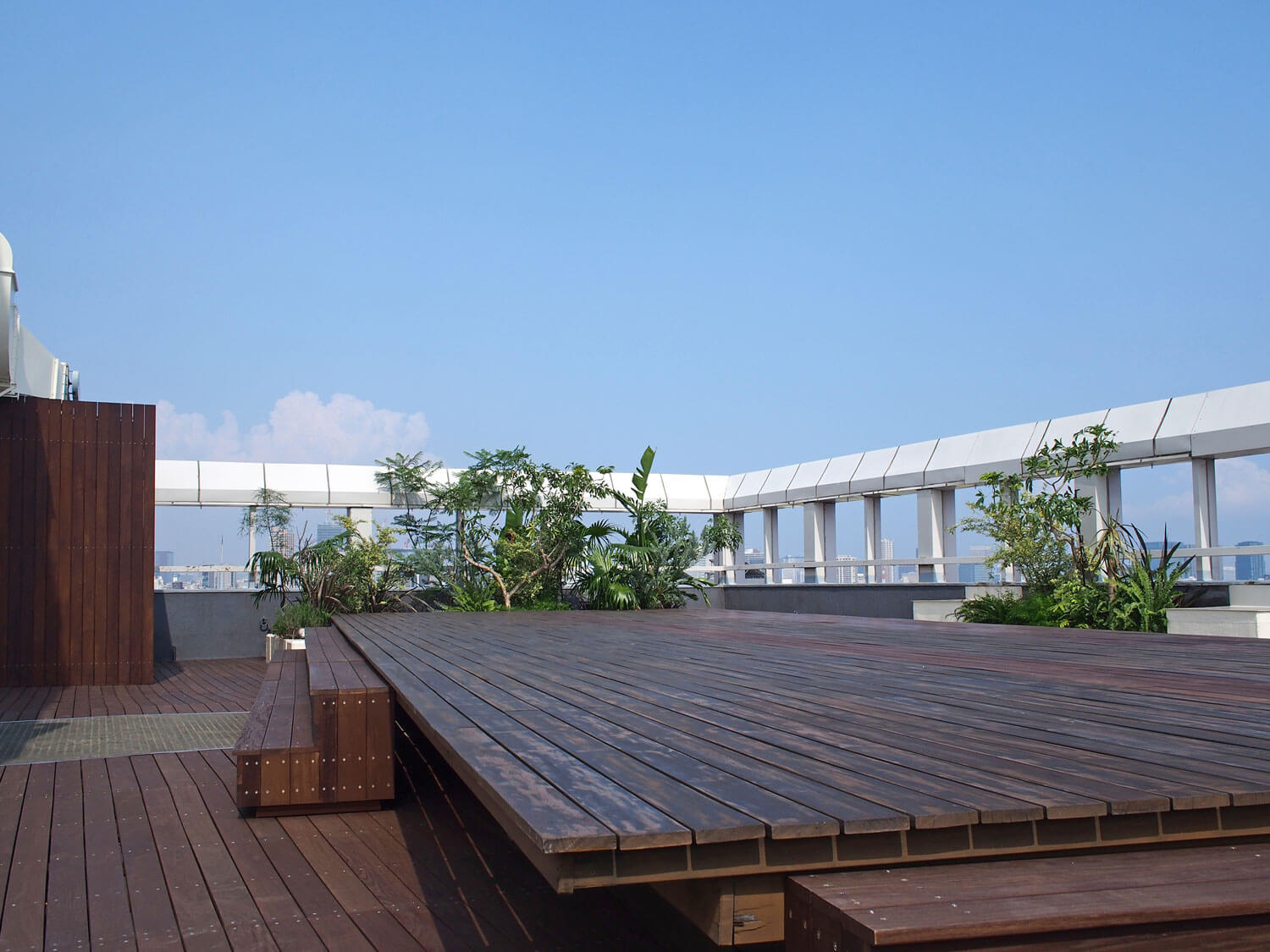
TRENDING
-
The Tattoos that Marked the Criminals of the Edo Period
Traditional tattoos were strong signifiers; murderers had head tattoos, while theft might result in an arm tattoo.

-
Paris, Tokyo: Robert Compagnon
With his co-chef and talented wife, Jessica Yang, Robert Compagnon opened one of the top new restaurants in Paris: Le Rigmarole.
 3:31
3:31 -
Chiharu Shiota, Red Threads of the Soul
Last year, more than 660,000 people visited the retrospective 'Chiharu Shiota: The Soul Trembles' exhibit at the Mori Art Museum.

-
‘Before Doubting Others, Doubt Yourself. Who Can Truly Say a Dish Isn’t What It Used to Be?’
In ‘A Non-Conformist’s Guide to Surviving Society’, author Satoshi Ogawa shares his strategies for navigating everyday life.

-
The Story of Sada Yacco, the Geisha who Bewitched Europe
Described by Dazed magazine as the first beauty influencer, she has been restored to her former glory since 2019.





